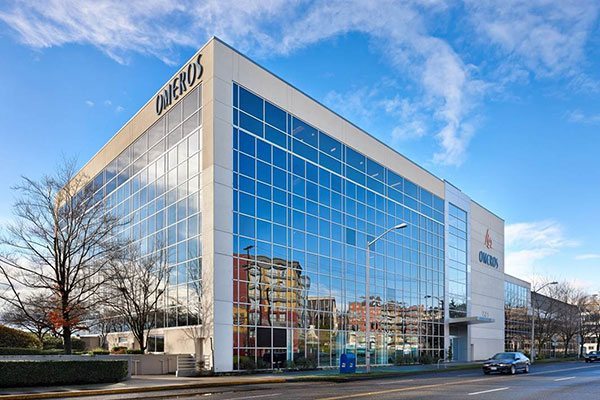
On March 8, 2016, we learnt that Omeros Corporation (NASDAQ:OMER) had kicked off a phase III for its lead human monoclonal antibody, OMS721. The drug is one of real interest in a subset of the biotech space, specifically that which focuses on an extremely rare condition called atypical hemolytic uremic syndrome (aHUS). The condition, which we’ll go into in a little more detail shortly, affects less than 1 in 10,000 individuals in the US, and only has one approved drug available to sufferers. Its rarity isn’t what drives interest, however. It’s the cost of the currently available SOC that’s interesting, and in turn, the potential revenue pool available to Omeros if it can get OMS721 approved and commercialized in the US and Europe. The current SOC in question is Alexion Pharmaceuticals, Inc.’s (NASDAQ:ALXN) Soliris. Those familiar with the biotech space will remember Alexion failing to get an FDA nod for a rheumatoid arthritis indication, and quickly switching to the aHUS indication, for which it received both FDA and EMA approval back in 2011. The company charges between $400,000 and $500,000 annually for the drug, making it the most expensive drug in the world – as a small note, there is another drug that is more expensive, Uniqure NV’s (NASDAQ:QURE) Glybera, but this is only a once dose administration, whereas Soliris is a recurring therapy.
The important thing here is that with approval comes a circa $5 billion potential annual revenues for Omeros – a far cry from the $13 million it generated from sales of its only approved product, Omidria, a cataract surgery pain therapy.
So, how does the drug work?
In aHUS, an element of a patient’s immune system called the complement system is excessively active. The complement system is a sort of booster system to the immune system. It makes certain parts of the immune system – antibodies, phagocytes, etc. – extra powerful, and in turn, improves their ability to clear pathogens. Excessive and uncontrollable activation, however, as is the case in aHUS, leads to what’s called thrombotic microangiopathy (TMA). TMA creates blood clots where there should be no blood clots, with obvious ramifications – stroke, heart attack, brain hemorrhage, to name just a few.
OMS271 (through a particularly complicated process that we won’t go into which we wont go into too much detail here) inhibits the complement system. Through this inhibition, Omeros hopes it can mitigate the excessive activation, and in turn, the blood clots that lead to the condition’s characterizing symptoms.
What should we be looking for in the phase III, and what are some potential milestones/catalysts/timeframes?
There’s an ongoing phase II that the company expects to begin wrapping up during the second half of this year, and management has stated it expects to transfer some of the patients from this phase II directly onto the pivotal phase III. This is a good thing, as assuming the FDA allows it (and there is no reason to think it won’t), Omeros can transfer the best performing patients on to the phase III and get off to a running start. Enrollment should begin during the third quarter of the year, and this is the first major milestone. A catalyst that may or may not arise before the enrollment starts is the release of topline from the already mentioned phase II. Whenever it comes (again, expect Q3 2015), expect some upside. That the company has already pledged the initiation of a phase III suggests positive data, and interim and primary completion data back up this hypothesis. Beyond these, we’re looking to interim analysis of the phase III. It probably wont last more than twelve months due to the severity of this condition, so mid to late 2017 looks consistent with the timeframe. Additionally, Omeros is running for accelerated approval, which could speed things up considerably. Basically, if the company can produce data (even interim data) that suggests clinical benefit over a currently available treatment, in this instance, Soliris, it can submit for approval while trials are ongoing.
So what’s the takeaway? That Omeros has just kicked off what might turn out to be it’s look-back trial. That is, the trial we look back on as the one that catapults it from a small cap biotech to a big player in the space. There’s still a long way to go, but accelerated approval could shorten path to approval considerably. One to watch, with all eyes on enrollment.




